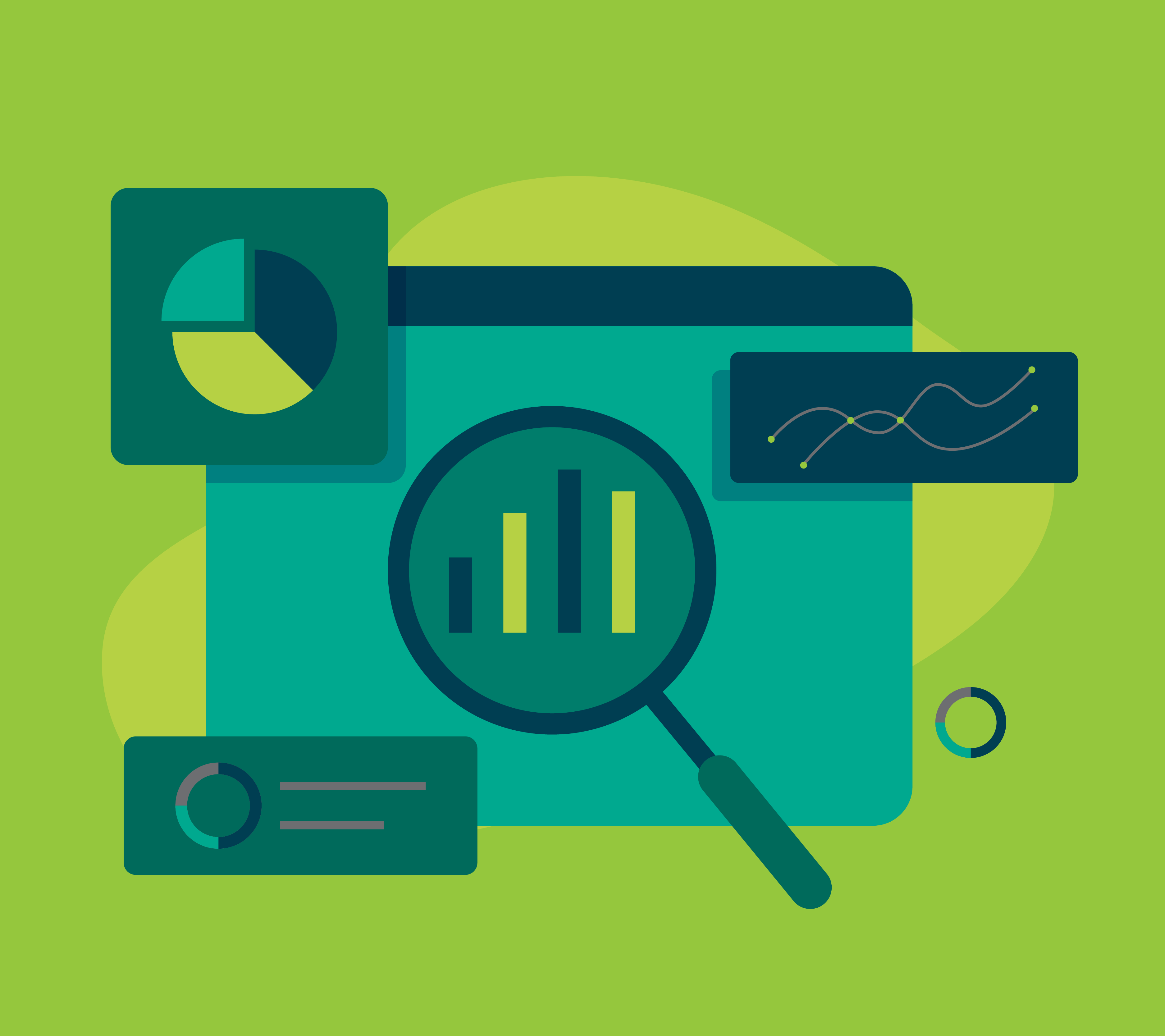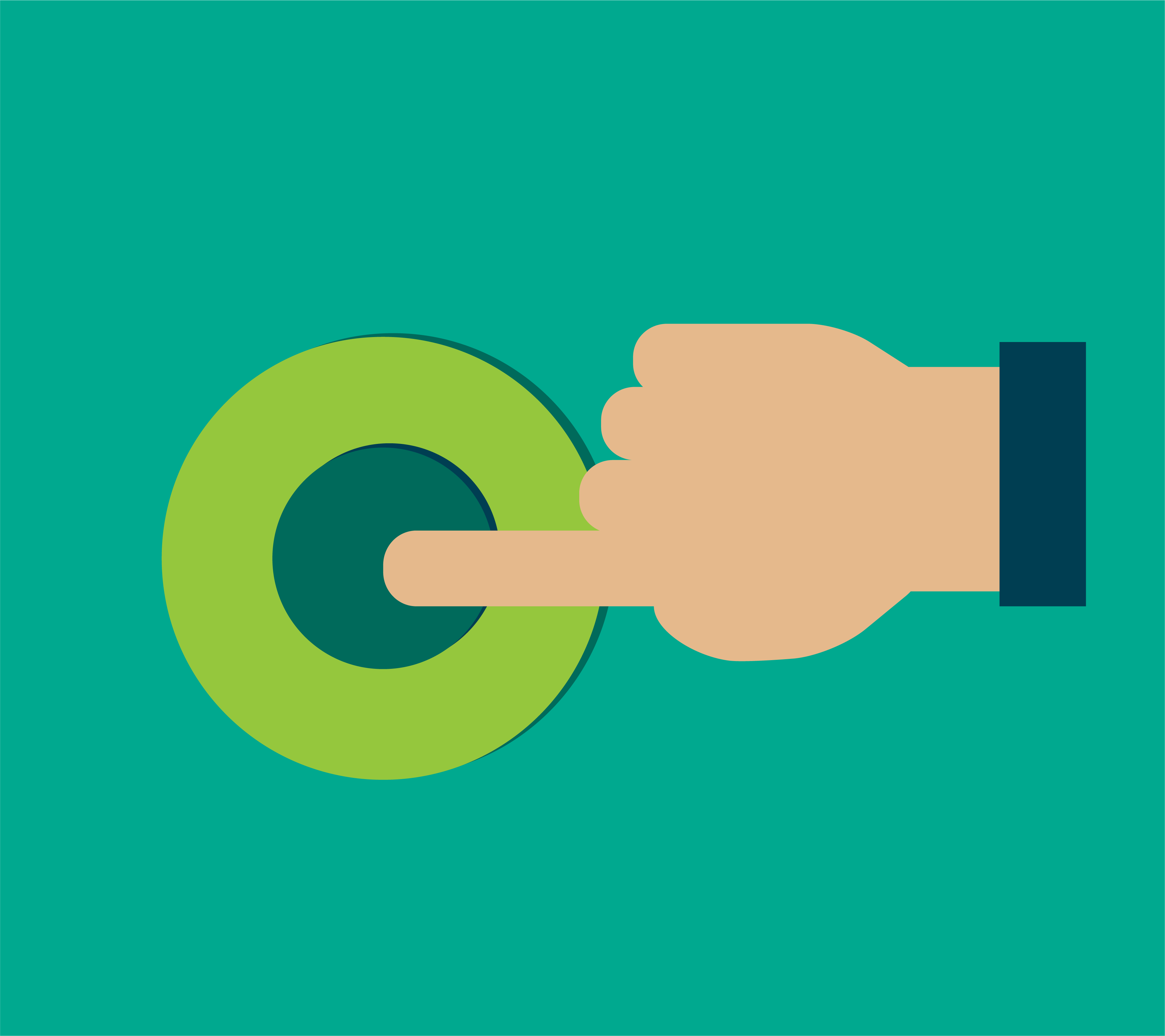10 Questions to Ask Yourself Before Choosing a Final Website Design
Author:
Ryan Braughler
Category:
Websites
Are you in the final stages of launching a new website for your business? Congratulations! You’re about to complete an enormous first step toward establishing an online presence for your brand. Before signing off on the final website design, there are some important questions to address.
Making the final decision on what your website should look like can be overwhelming—and once it’s out there, changing things can be expensive. It’s better to be proactive from the start. We’ve put together this list of questions to help you make the right decisions when selecting your final design. Read on to ensure that everything goes according to plan when it comes time to launch.
1. Does the design match the brand and goals/purpose you want to accomplish with the website?
Website design plays an integral role in separating your business from competitors and creating a memorable online presence. Typography. Colors that appeal to your target audience. The “look and feel” of everything. Each of these elements is necessary for success.
Even minor details leave an impression. They should match your brand to attract more conversions and grow contact lists. Strong visual appeal is critical when driving customers through to the “front door” of your website.

2. Is it evergreen?
An evergreen website design will remain modern and relevant no matter how the passing years affect technology. With the right design, you don’t have to worry about reinventing your website or repurposing it. You’ll already have an adaptable design with evergreen functionality. Not only does it keep customer interest high due to content and visuals, but it also offers more flexibility overall.
3. Does it meet or exceed your vision?
It’s essential to have a well-designed website that accurately represents your company and its values. When deciding on the final design, make sure it reflects your brand identity and looks and functions the way you envisioned. All of the necessary information about your business should be presented in a visually pleasing way. That way, visitors will feel inclined to stay and explore your services.
4. Does it put mobile devices first?
Where you should place the focus on your website design? The answer is simple: mobile devices first. Mobile technology has grown exponentially over the past decade. Ensuring a website is optimized for a variety of mobile devices should be a priority. With this approach in mind, users will have a consistent experience no matter where they choose to access your content. Making sure any website works seamlessly with phones, tablets, or computers will make all the difference in potential customers’ experiences.
5. Does it support accessibility?
We highly recommend taking how accessible your final design is into consideration. From choosing user-friendly navigation and contrast ratios for colors to providing captions for video content, there are many ways to ensure that everyone can get what they need without any difficulty. Having a website that supports accessibility means that everyone, regardless of their abilities, can use your website’s features. Plus, implementing accessibility will allow you to reach a wider audience.
6. Does it support SEO?
Consider how the final design impacts your website’s search engine optimization (SEO). If a website isn’t easily picked up and ranked by search engines, it won’t attract the organic searches you’re after. And no organic searches equal fewer visitors. Implementing SEO best practices helps boost your website’s credibility—credibility that could result in more website traffic and engagement. Website design isn’t just about aesthetics; it’s also about how it can promote the success of your business overall.
7. Does it support high optimization for performance/speed?
Poorly optimized websites can lead to users experiencing lower loading speeds or difficulty accessing certain content, causing frustration and a terrible user experience. High-performing websites with well-structured designs, on the other hand, provide a seamless browsing experience.
This can result in increased conversions and improved customer retention. The conversion rate of a B2B website which takes one second to load is 5 times greater than that of a website that takes 10 seconds to load! An optimized website design allows your business to meet both its performance goals as well as scale increasingly high-performance digital demands.
8. Are calls to action prominent and strong?
Ensuring your calls to action are both prominent and strong can make a big difference. The right call to action should draw in potential customers, engaging them with an easy-to-follow path to purchase.
The best CTAs stand out and make the customer feel confident and reassured they’re choosing the right option. Keep in mind they don’t have to be too “salesy.” Rather, they should feel casual and friendly. Some great examples of CTAs to add to your website include:
- Sign Up
- Subscribe
- Try for Free
- Get Involved
- Spread the Word
- Follow Us on Social
- Refer a Friend
- Leave a Review

9. How does it stand apart and above the competitors?
Examining the website designs of competitors can help businesses in many ways. Not only can it give you valuable insight into how yours measures up, but also into what elements your site might be missing. Taking a deeper look into what your competitors are doing—from the overall color palette and visuals to the navigation menus or interaction elements—will provide valuable insights into how you can improve your own design. Here are some factors to consider.
Overall design
When you first look at a website, the overall design is usually what stands out to you. This includes the color scheme, font choices, and overall layout of the site. When comparing competitor websites to your own, it’s important to take note of any design elements that you feel make their site more visually appealing than yours. If there are certain elements you think would improve the look of your site, make sure to implement them.
Ease of use
Another important factor to consider when comparing websites is ease of use. A website should be easy to navigate and contain clear and concise information. If a website is difficult to use or if it’s not immediately clear what information is being presented, visitors are likely to leave the site and go to a competitor’s site that is easier to use. When evaluating competitor websites, pay attention to how easy it is to find information and whether or not the overall experience is enjoyable.
Content
Of course, one of the most important factors to consider when comparing websites is content. Is the content on the website well-written and informative? Does it provide value to visitors? If not, then it’s likely that visitors will quickly leave the site in favor of a competitor’s site that has better content. Pay close attention to the quality of competitor content and whether or not it provides value to visitors.
10. Is it modular and extendable?
You finally have the website of your dreams. It looks great and functions beautifully. But what happens when you need to make updates or changes? That’s why it’s important to ensure your final website design is modular and extendable. Your website should be built to allow you to add new features, fix bugs, and customize the design without having to completely rebuild your whole project. Make sure this carefully crafted masterpiece won’t turn into an outdated money pit down the line.
Selecting the right website design is essential for businesses large and small. After all, first impressions matter. Asking the right questions before making your final design decision means your new website positively represents your company and meets the needs of your customers. Keep these tips in mind as you move forward with designing or redesigning your website. Need help with that? The web design experts at Holland Adhaus would be happy to chat with you about creating the perfect site for your business.

Ryan Braughler
Web Developer, Holland Adhaus
Ryan is a fixer. Whether it’s figuring out how to make a website run better or designing a custom code, Ryan will get the job done.
Level Up Your
Website Design
Website Design
